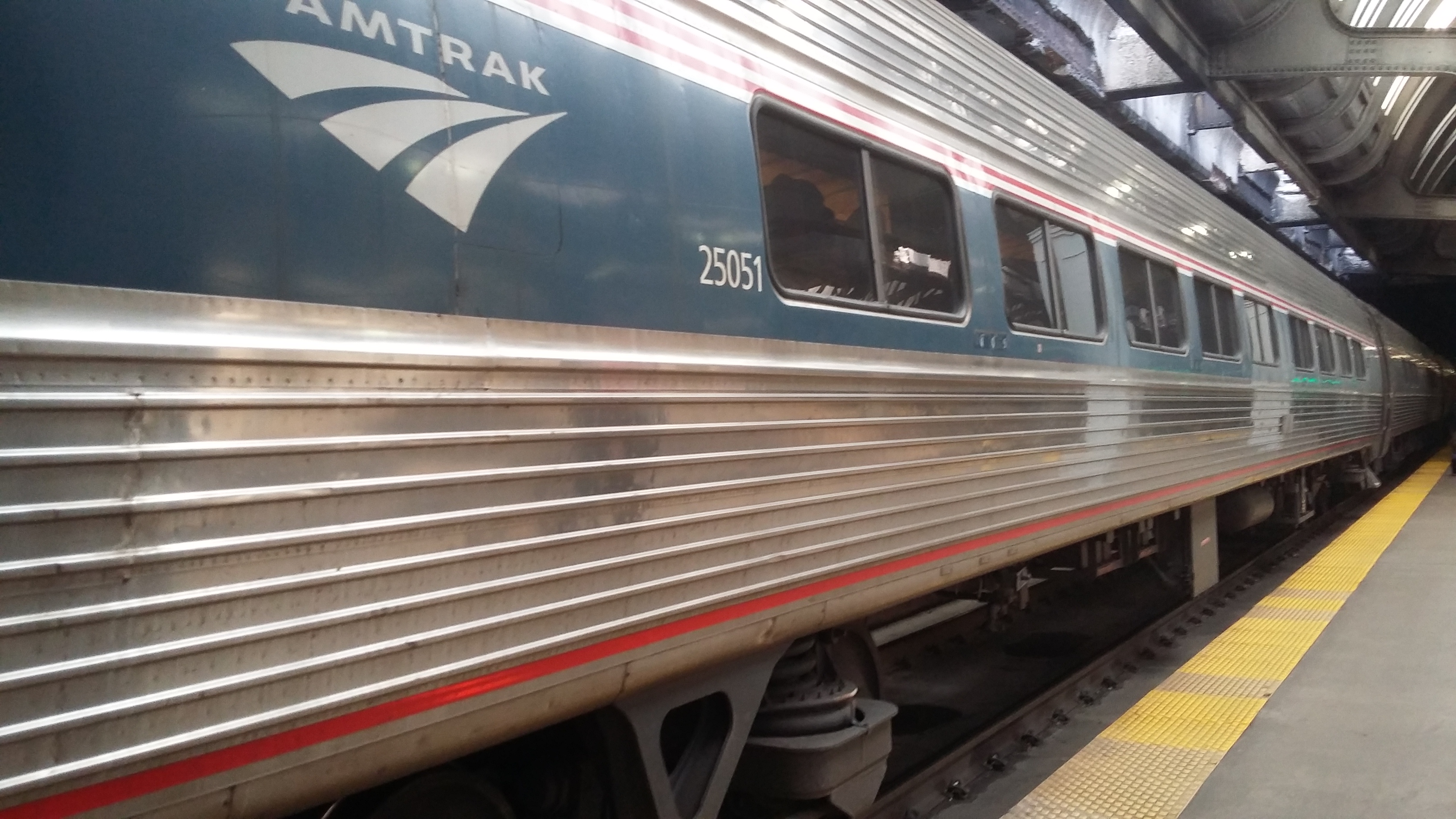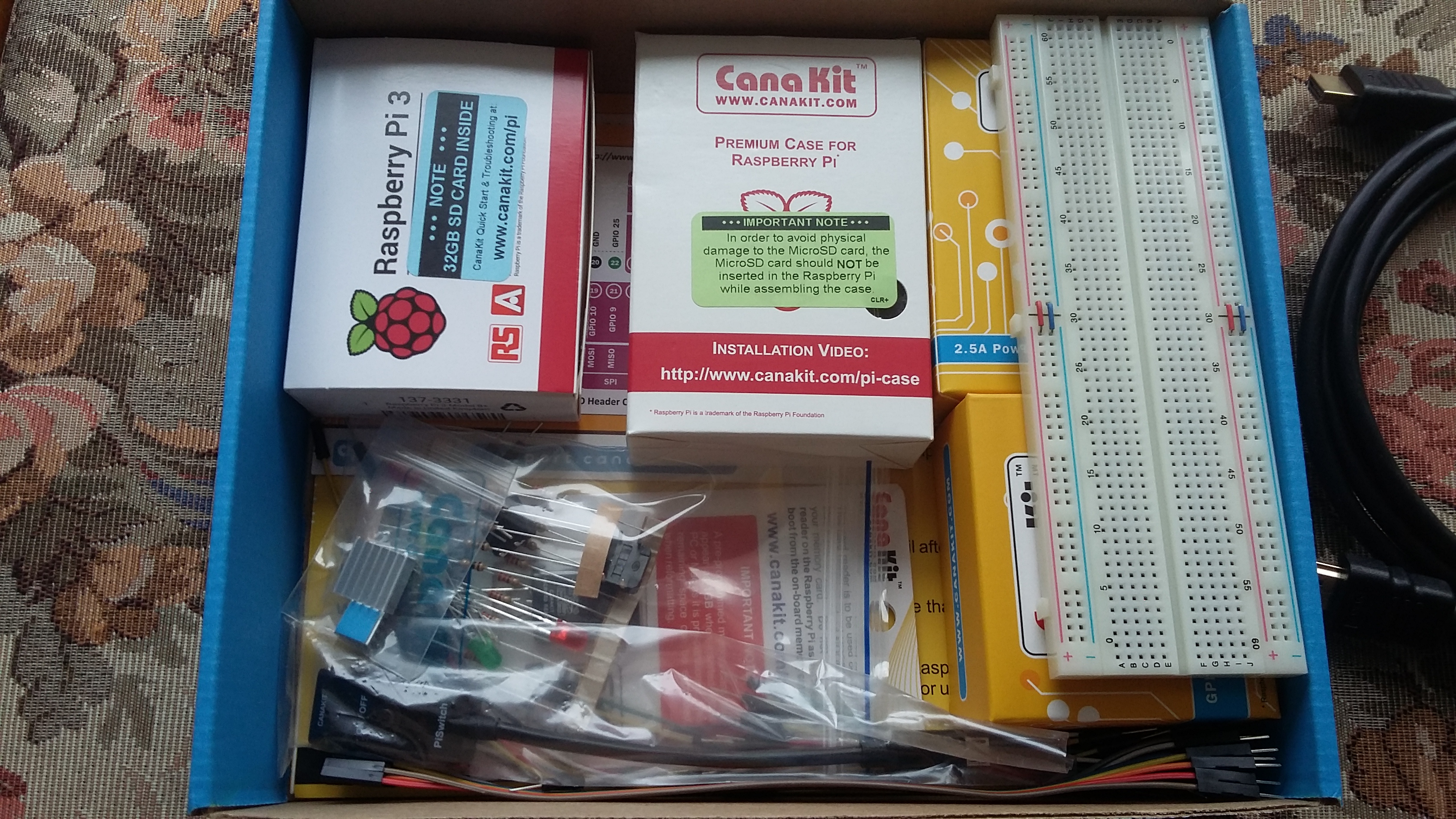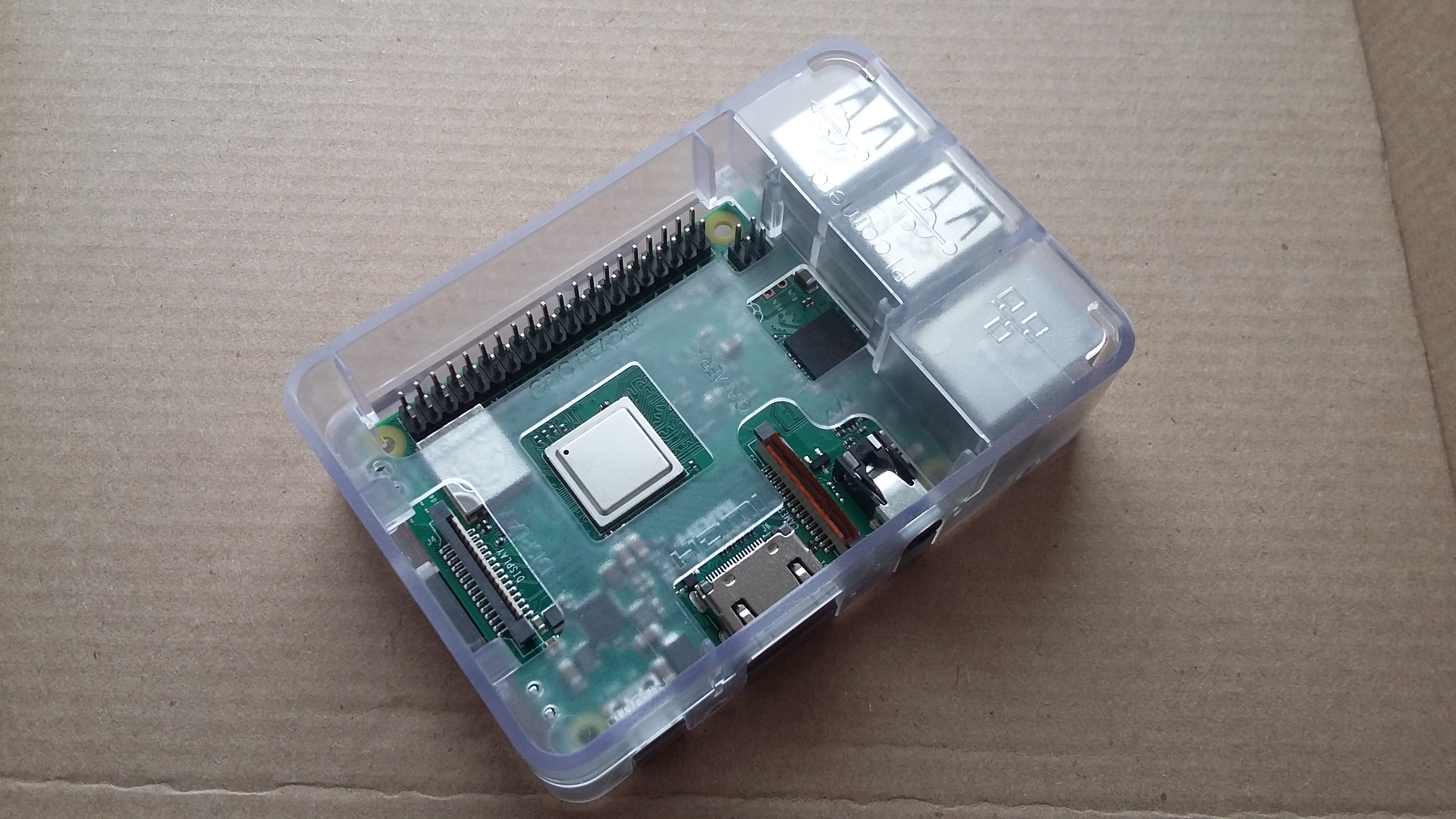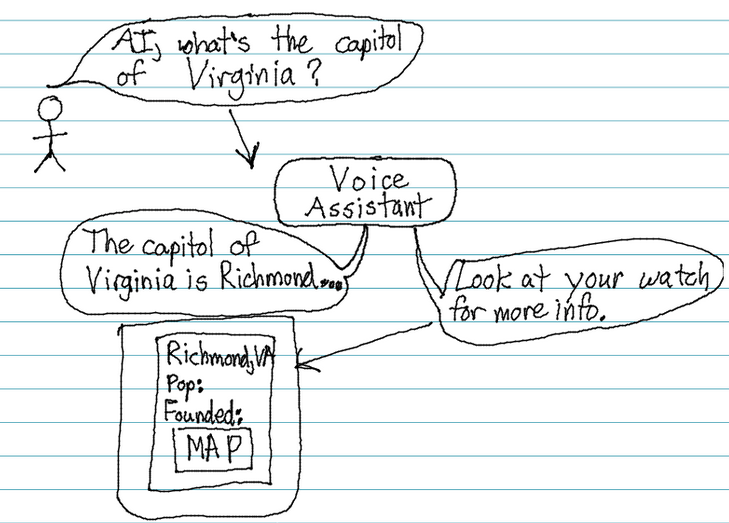Something you might not notice right away in the solarpunk future is the lack of noise pollution. One of the reasons for this is, of course, the electrification of transport, but the second will be the significantly reduced dependence on personal automobiles for mobility.

Road Hierarchy in the new Superblock Model by BCN Ecologia
When Salvador Rueda first started studying how to reduce noise levels in his home of Barcelona, he quickly found that high-speed automobile traffic was responsible for the bulk of the noise pollution in his city. When you take into account that cars are responsible for the majority of child deaths in the US it becomes clear that designing cities for automobiles hasn’t left a lot of room for the humans that live there. Barcelona’s “superblock” program aims to restrict through traffic to a limited number of arteries and keep neighborhood traffic to a human scale 10 kph (6 mph) in shared streetscapes.
Continued pedestrian and bicyclist deaths in cities committed to Vision Zero has resulted in a call to ban cars from city centers. When coupled with the climate impacts of personal automobiles, regardless of their power source, it seems logical to restrict the usage of automobiles to city edges and rural areas.
Better public transit with reasonable service levels and level boarding like that seen in some street car projects would be a boon for residents while micromobility options like scooters, bicycles, and Neighborhood Electric Vehicles (NEVs) could provide solutions for the “last mile.” Some NEVs have been designed specifically with wheelchair users in mind; however, it seems that they never quite made it to market. Introduction of these vehicles along with more prevalent accessible cycles can help us build a transportation system that is for people instead of cars.
To extend this human-scale vision of the city further, we may one day not need roads at all. Paolo Soleri felt roads separated people and designed his living laboratory in the Sonoran Desert to exclude them. Arcosanti is the world’s first arcology, or architecture designed around the idea that a city is it’s own ecological system. Passive energy management and high density mean that residents can spend more time living instead of working to cover mundane expenses like unnecessarily large heating or cooling bills. As a prototype, Arcosanti doesn’t seem particularly accessible, but I believe future arcologies or acology-minded developments should be able to incorporate the appropriate infrastructure without issue.
Despite decades of poor planning and squandered resources, I have hope that our public transit and transportation infrastructure are on the cusp of a renaissance. Even here in Charlottesville, we’re taking a serious look at building complete streets and revitalizing our public transit system. As we deal with rolling back the poor planning decisions of the 20th Century, we can build a more inclusive, healthier, and more pleasant transportation experience for our cities. One of the key components of this will be relegating the automobile to a support role in our society instead of the star of the show.
Is your locality implementing any changes to improve transportation for humans over personal vehicles? Do you have a shiny new streetcar or are you a resident of one of the few enclaves of car free life left in the world? Let us know below!



















